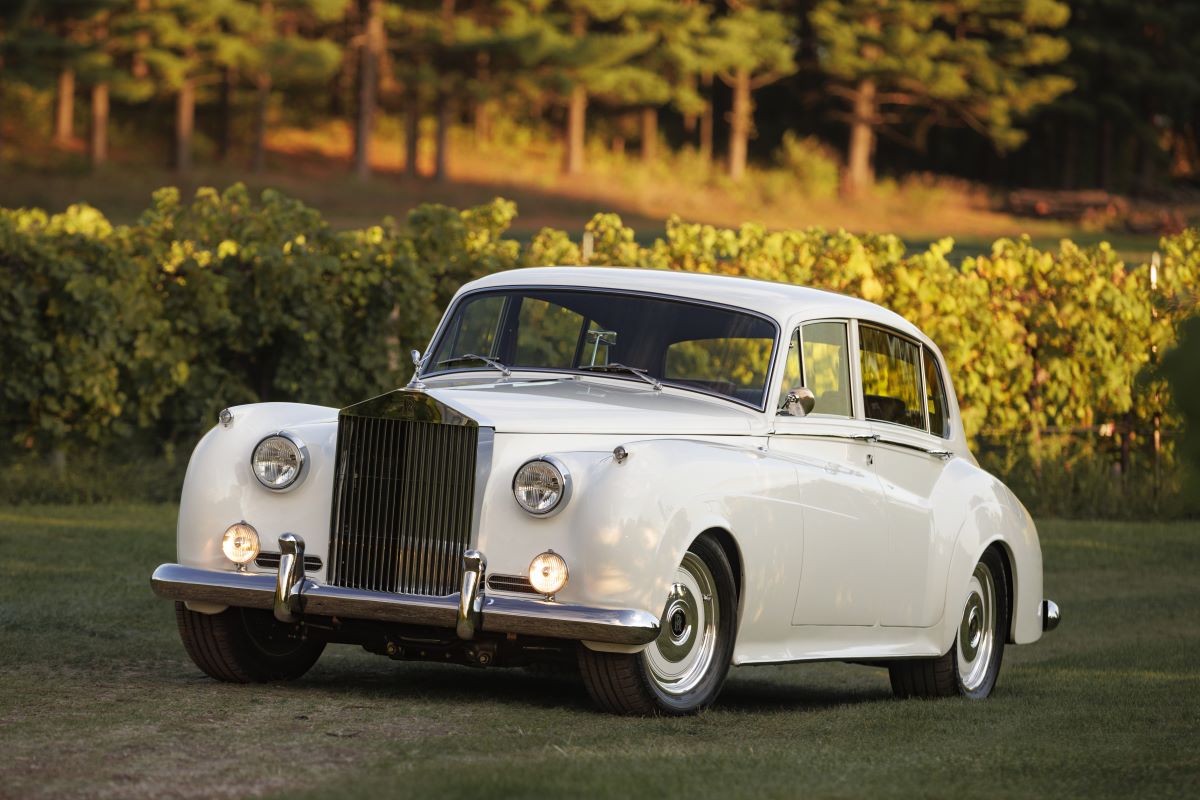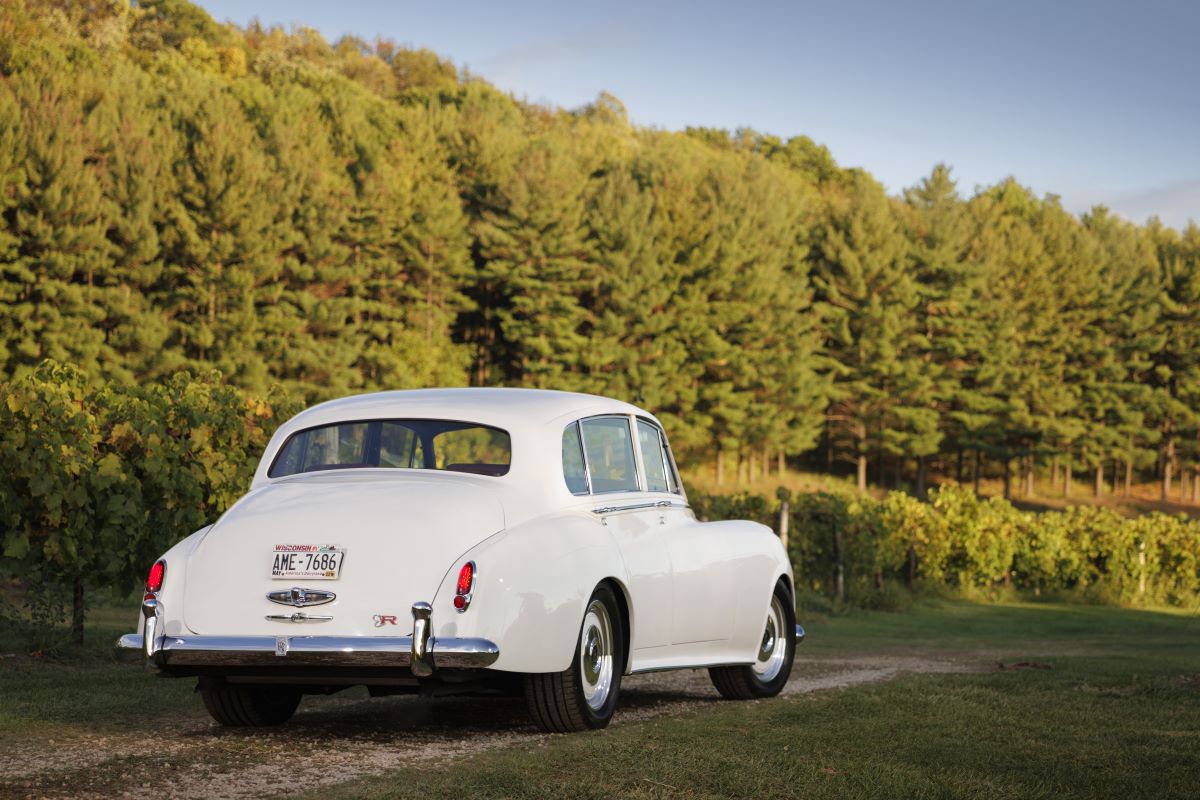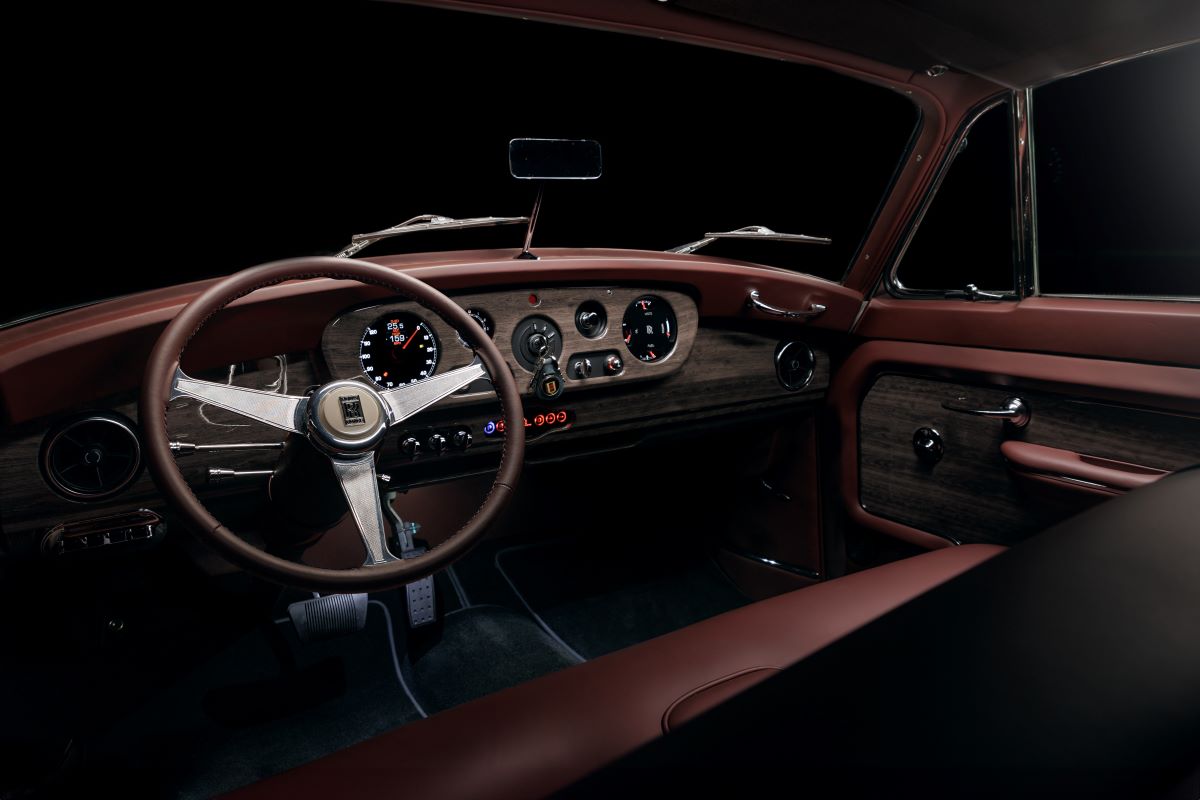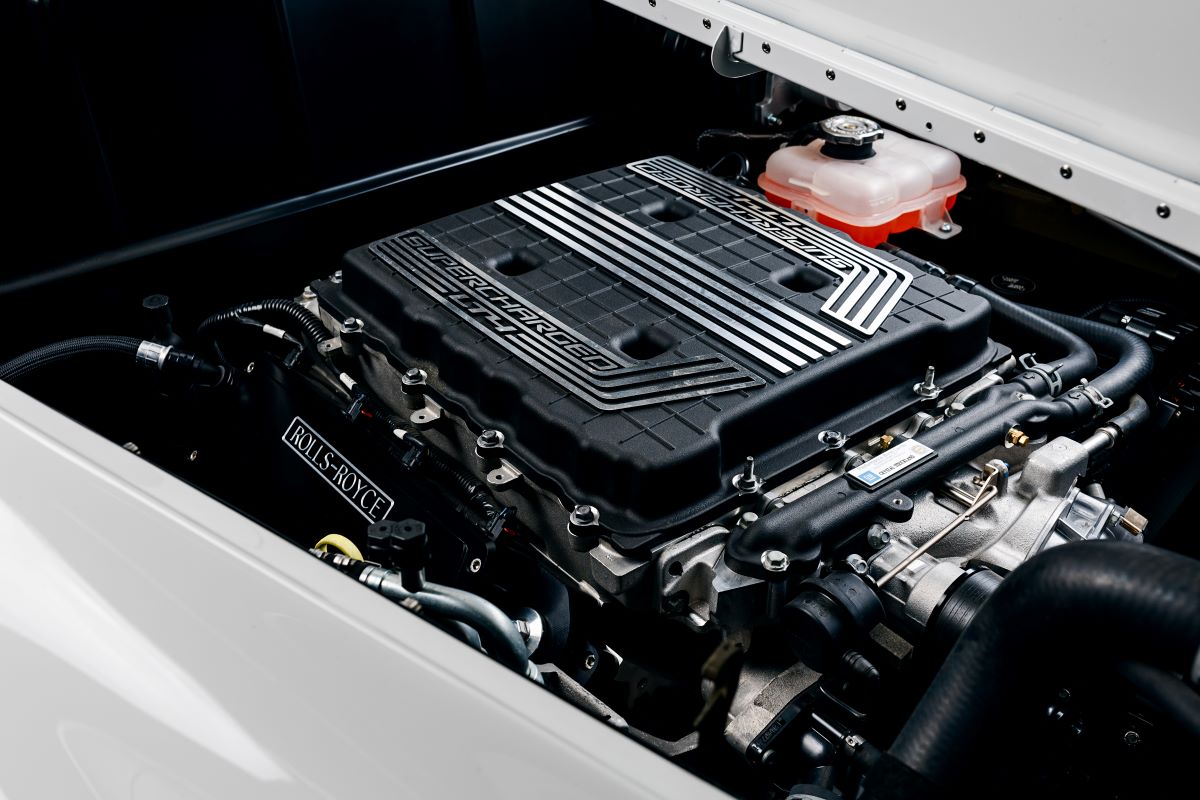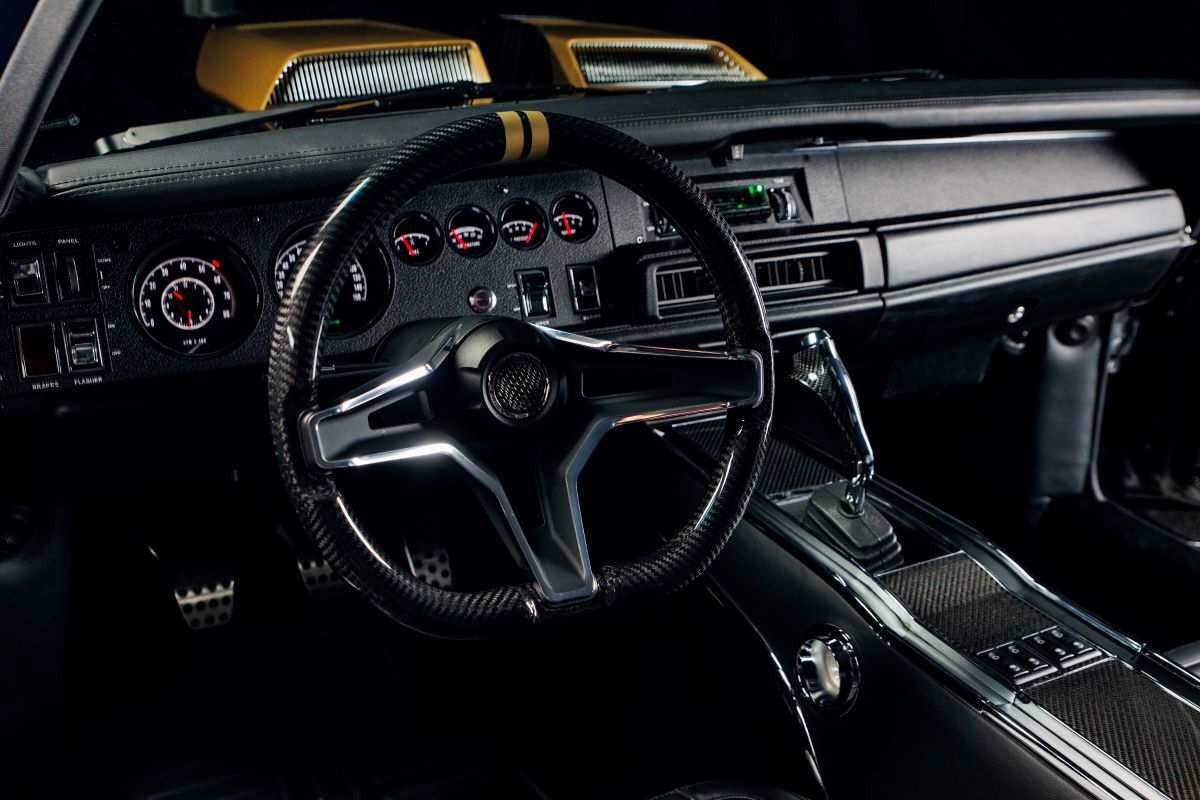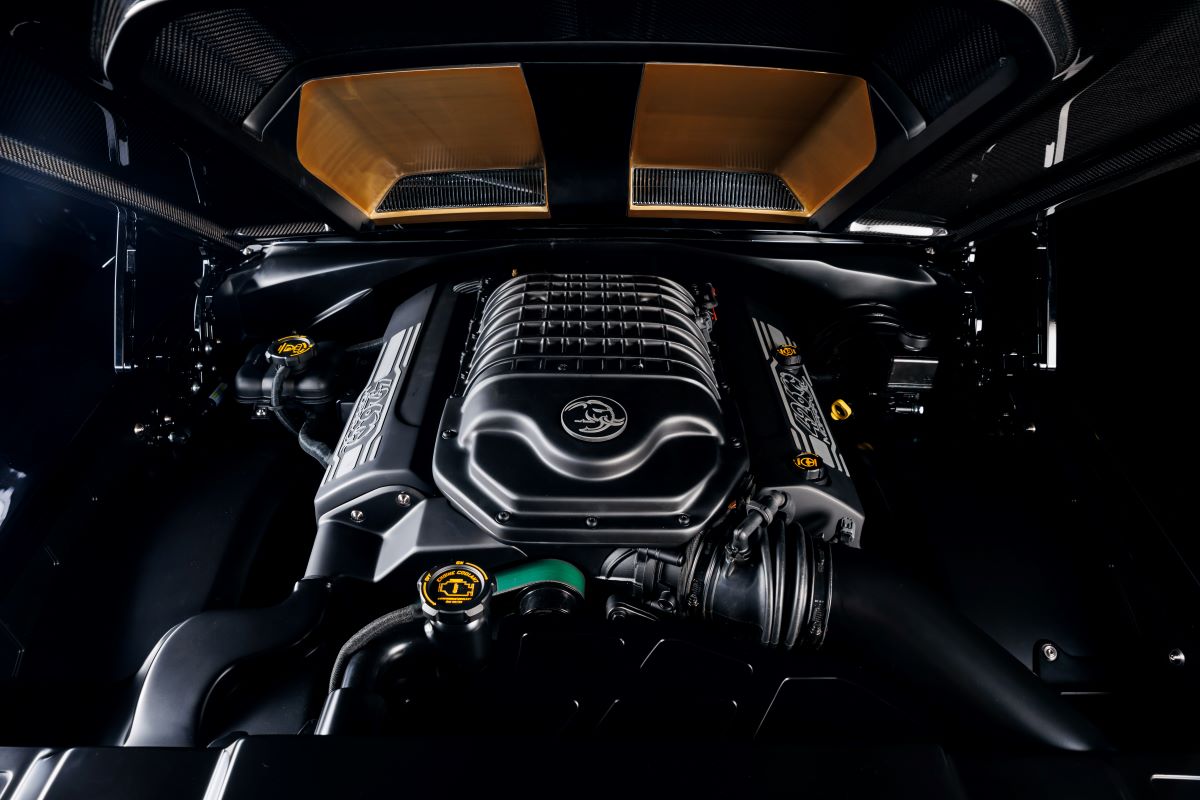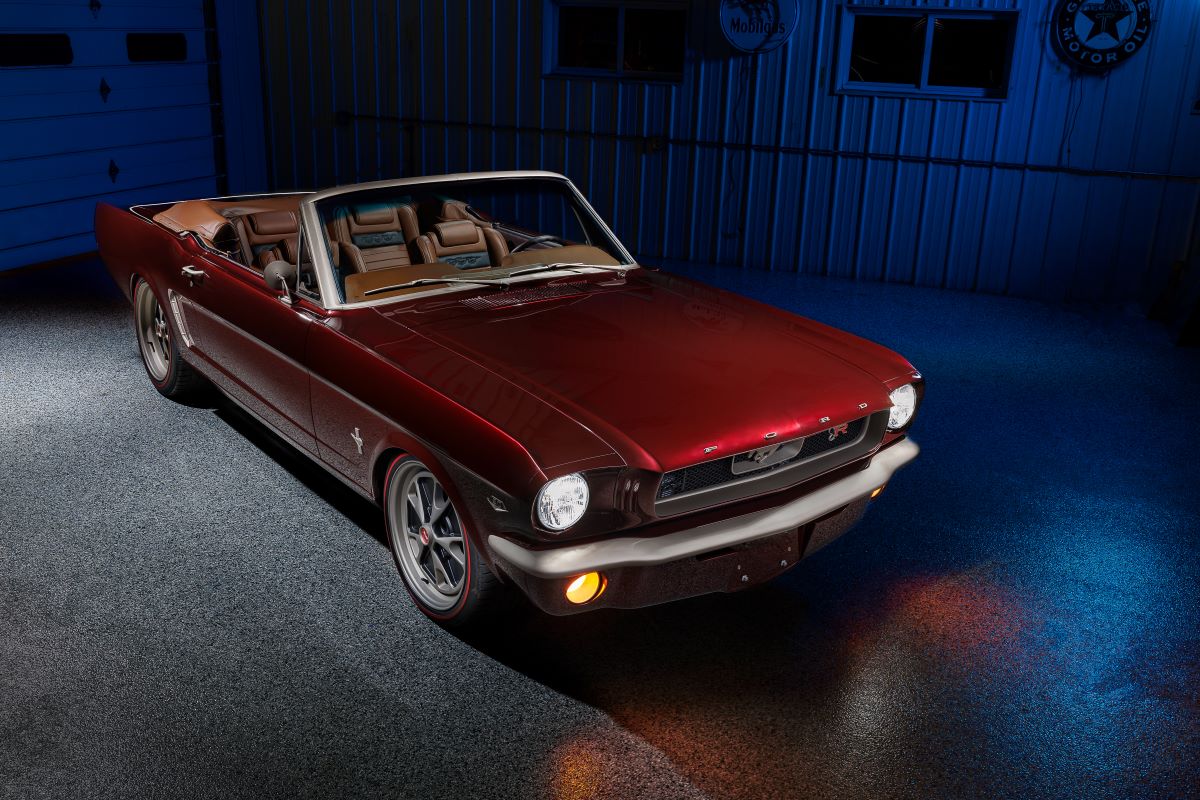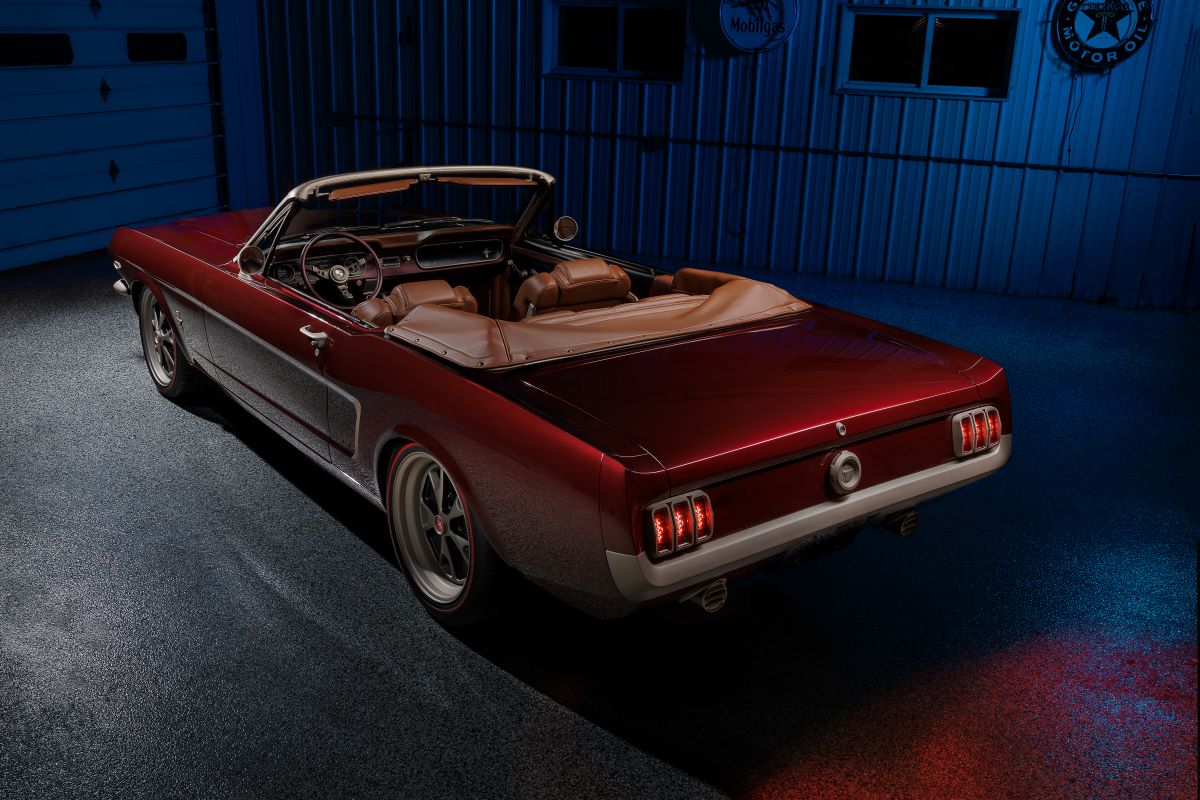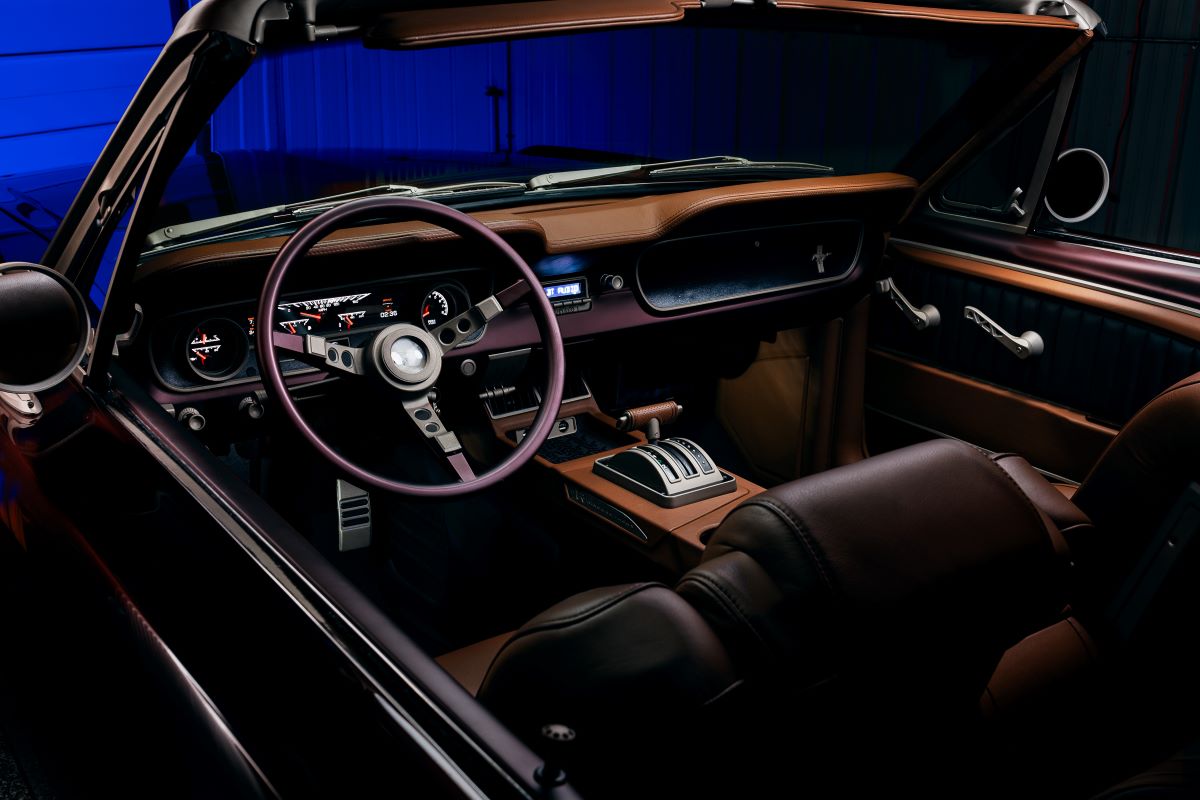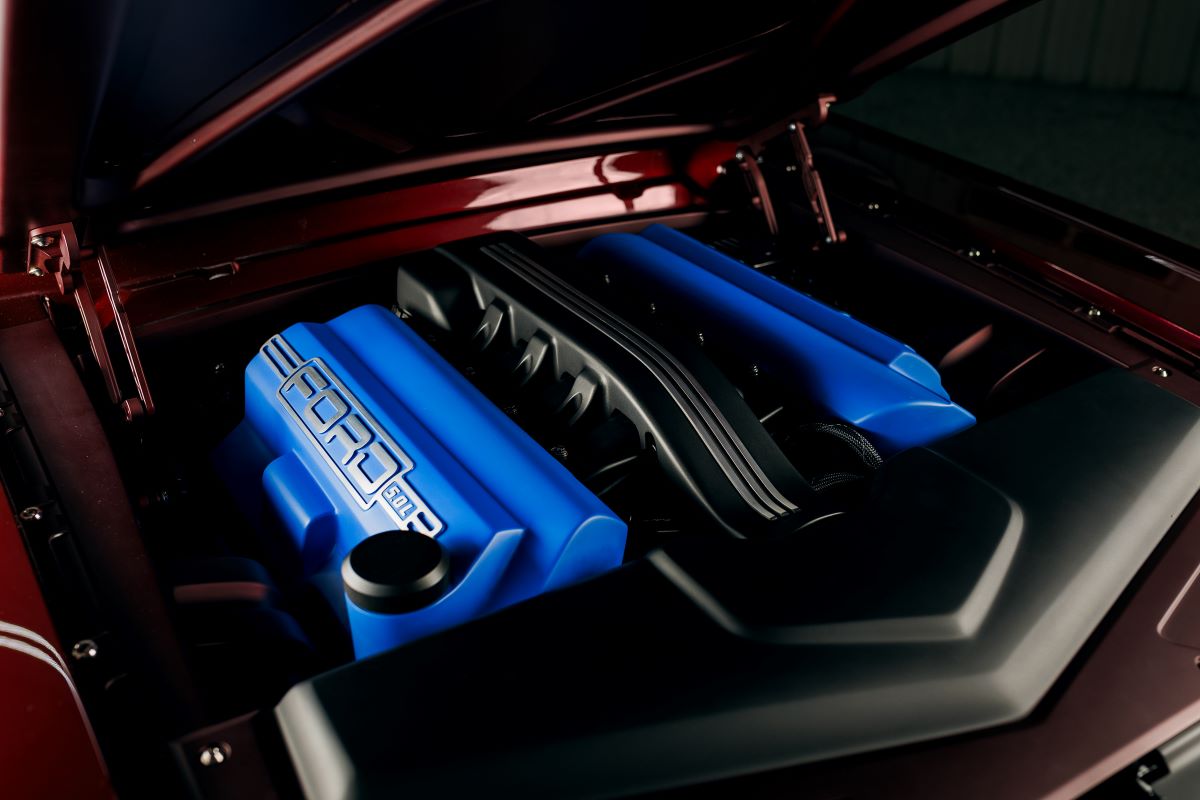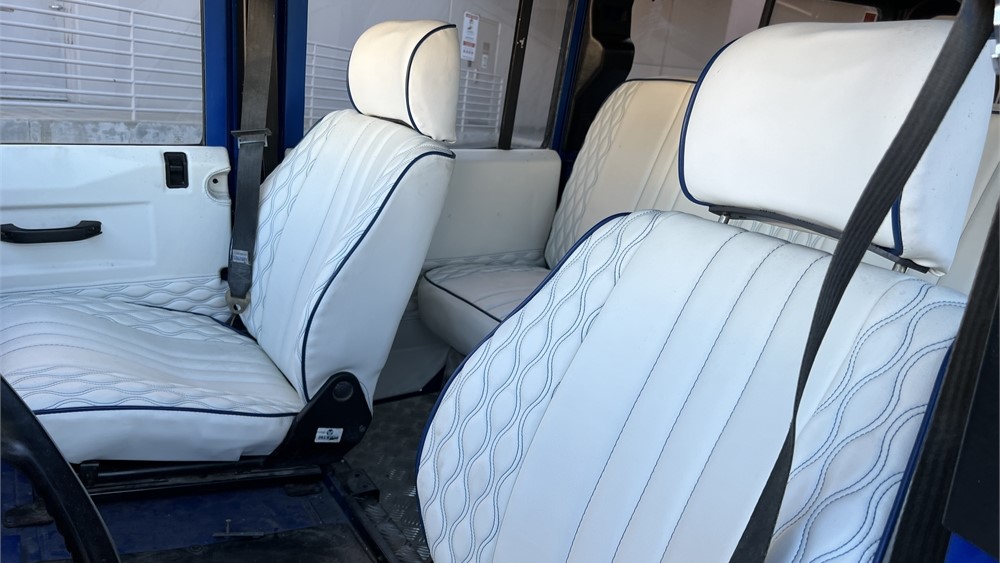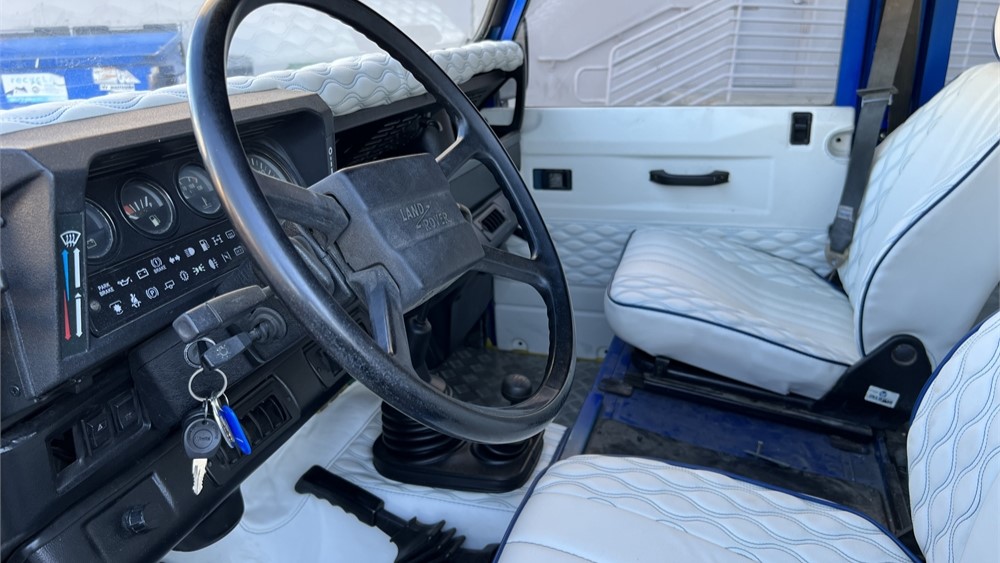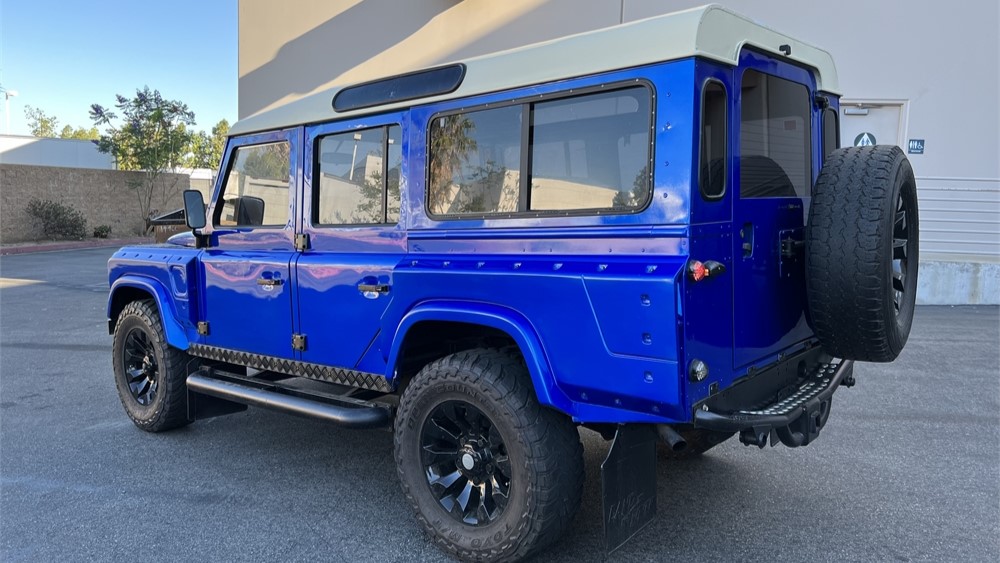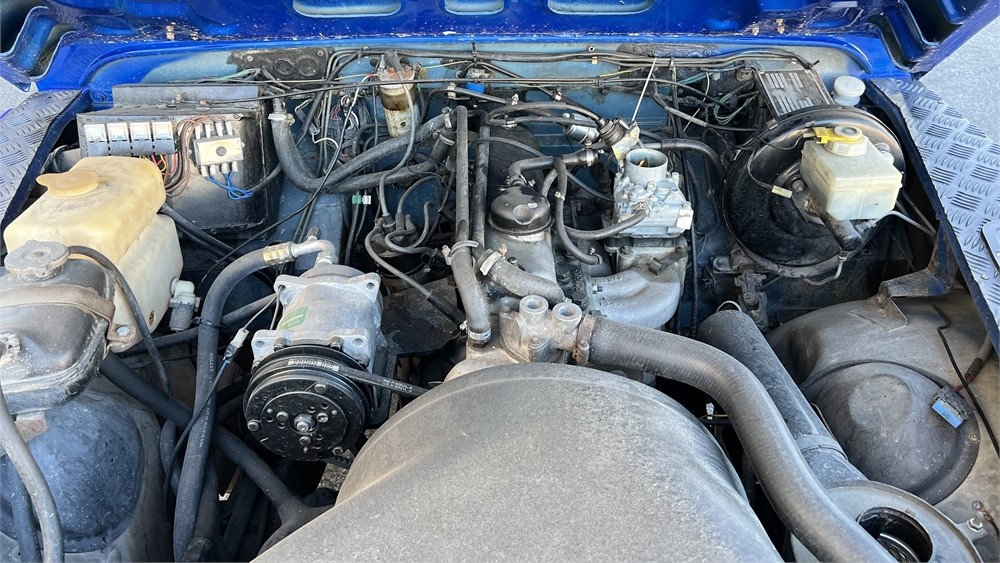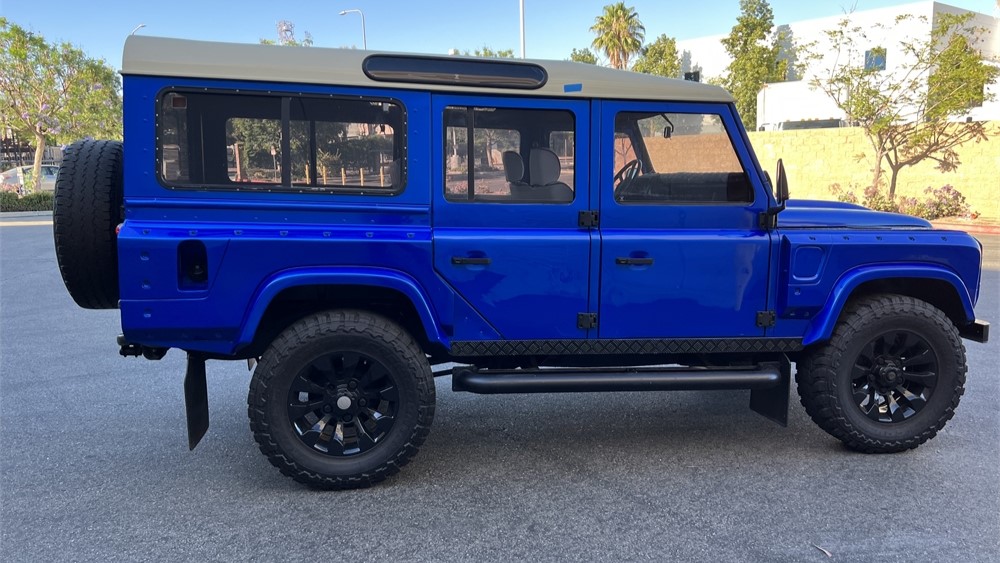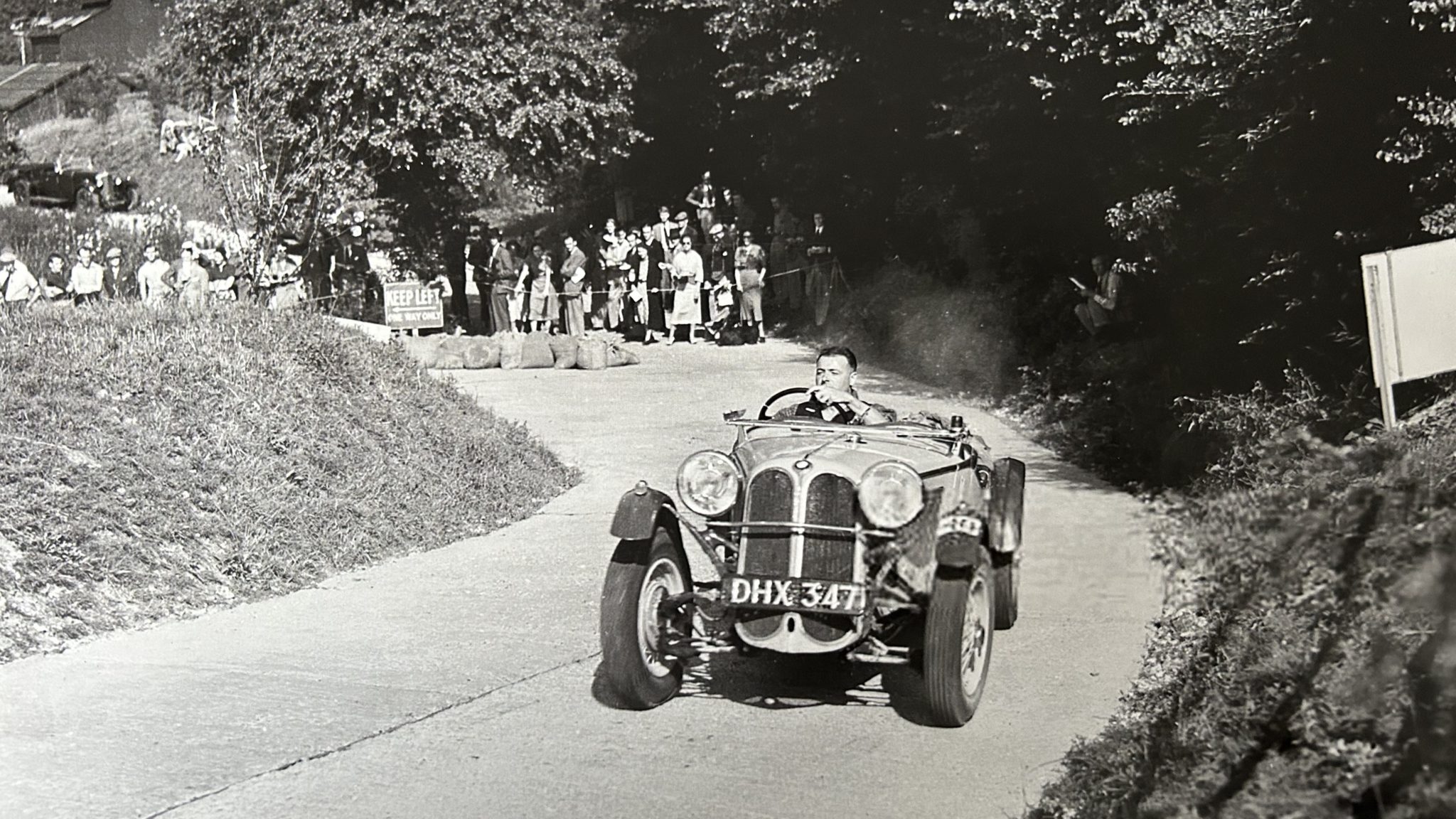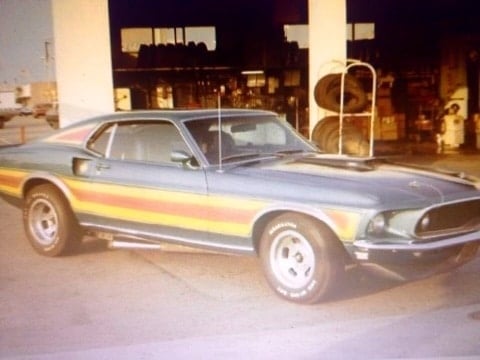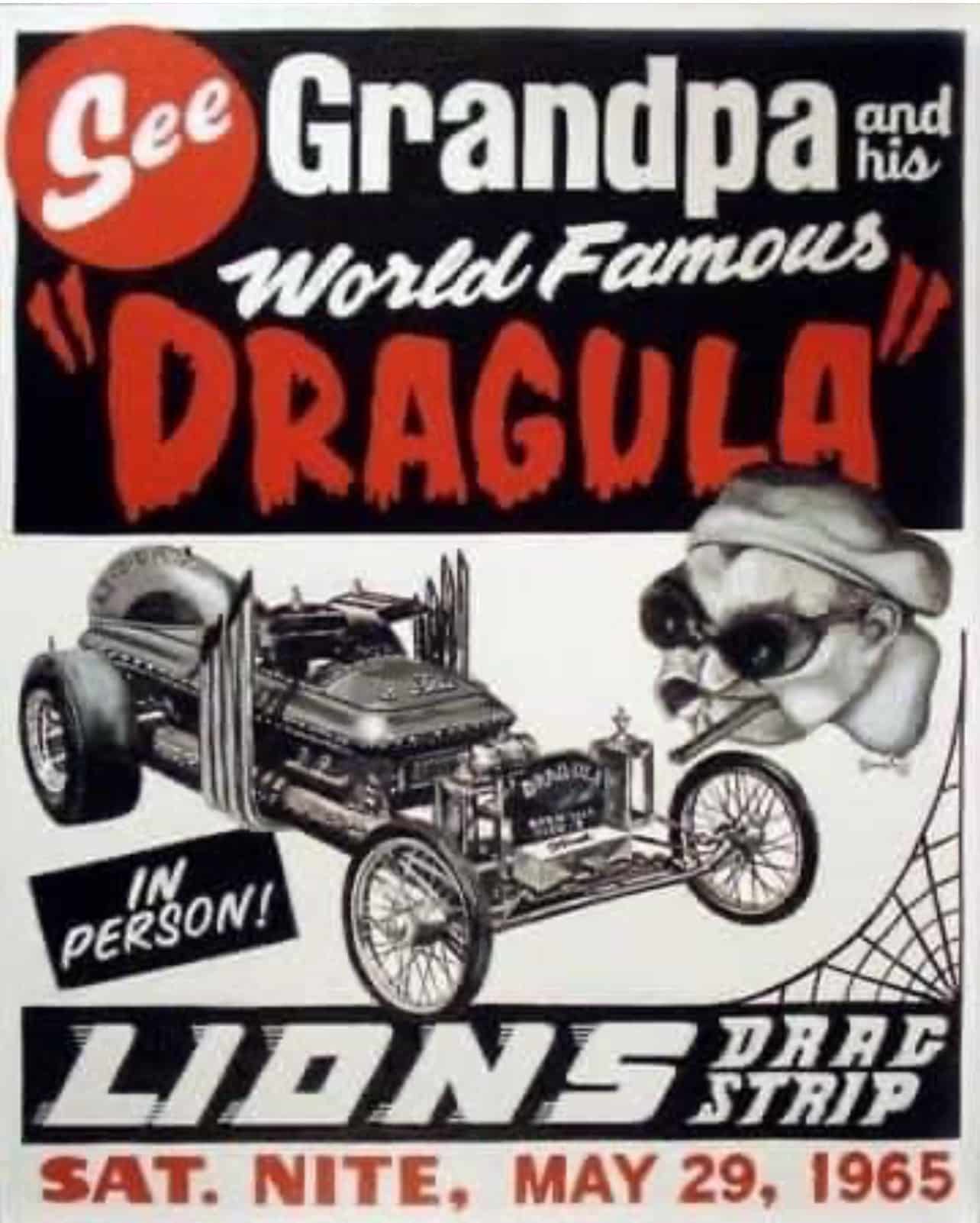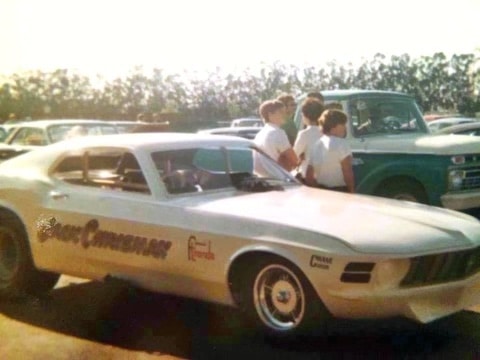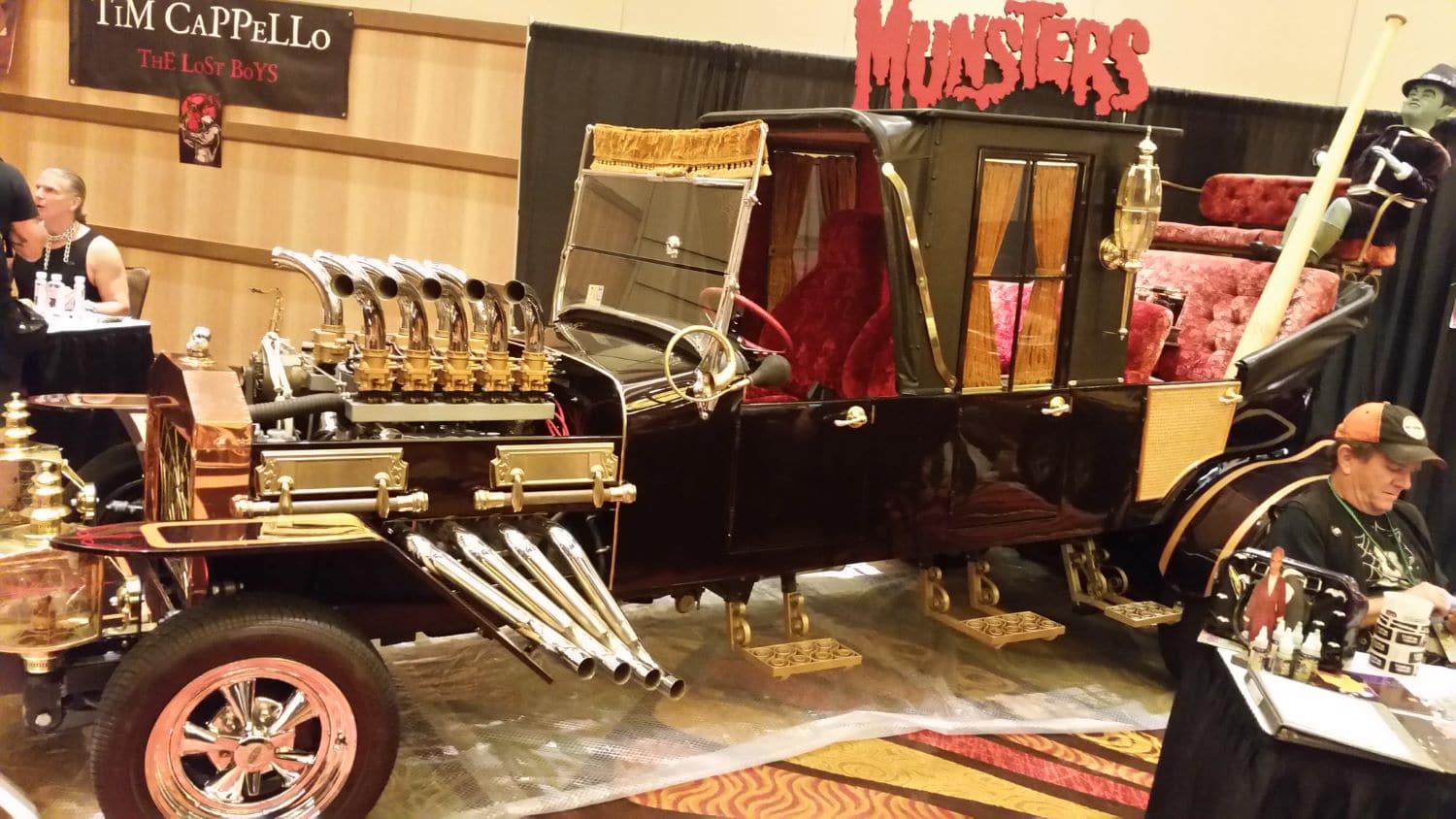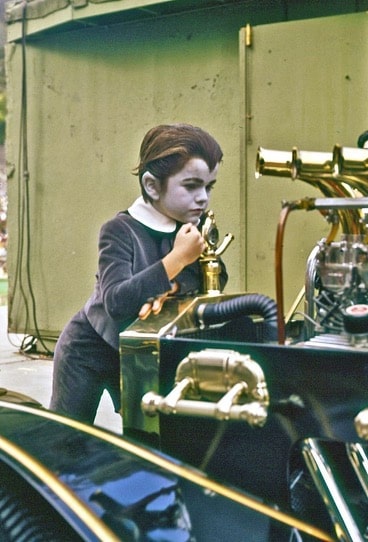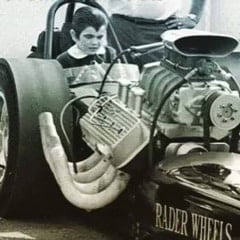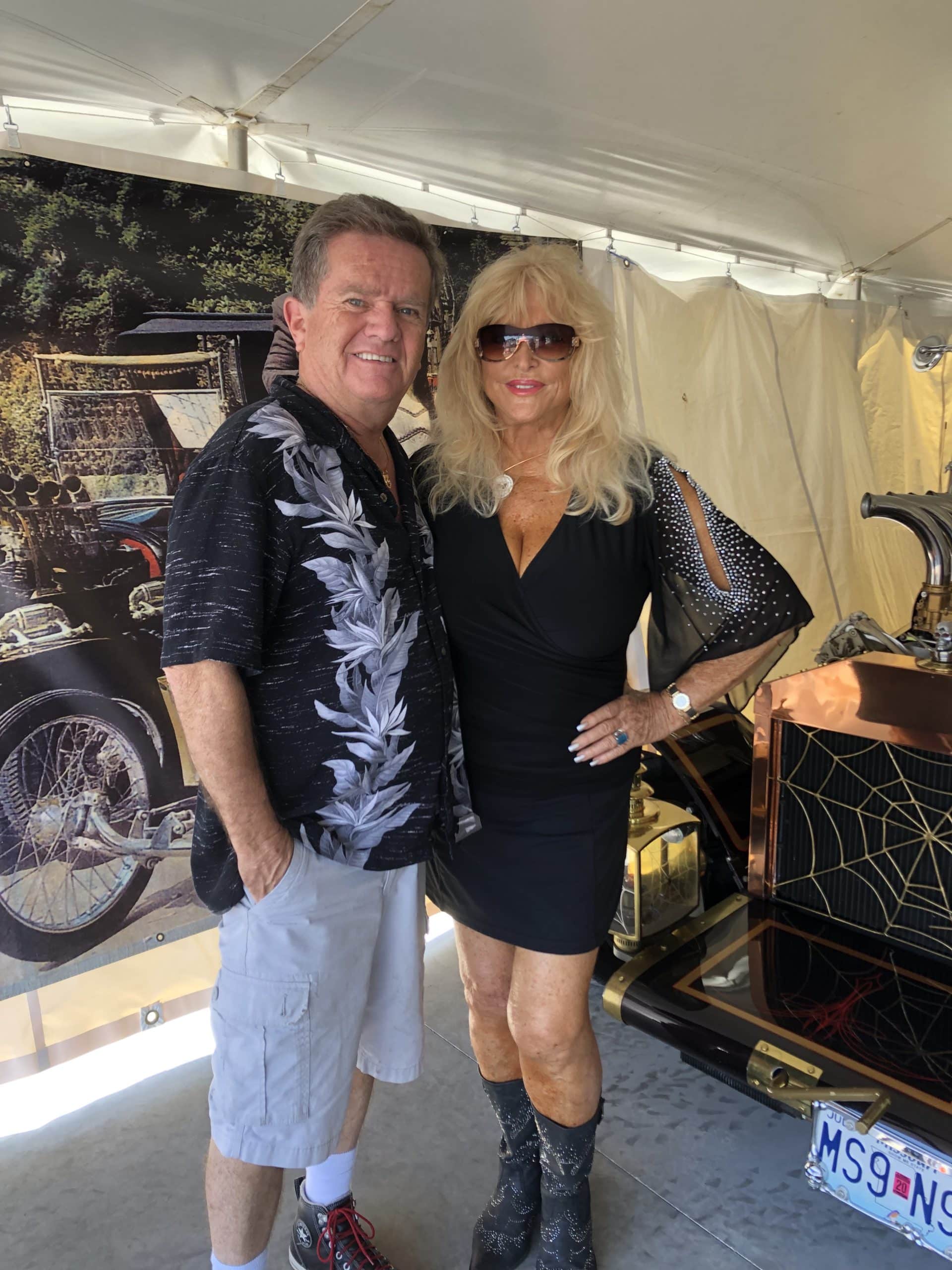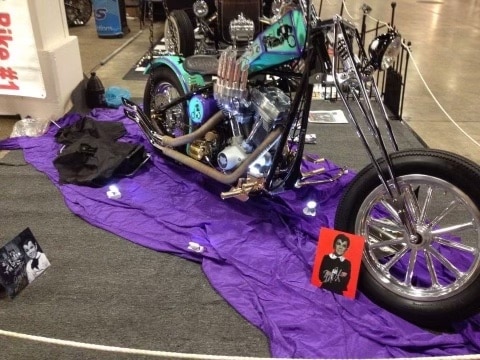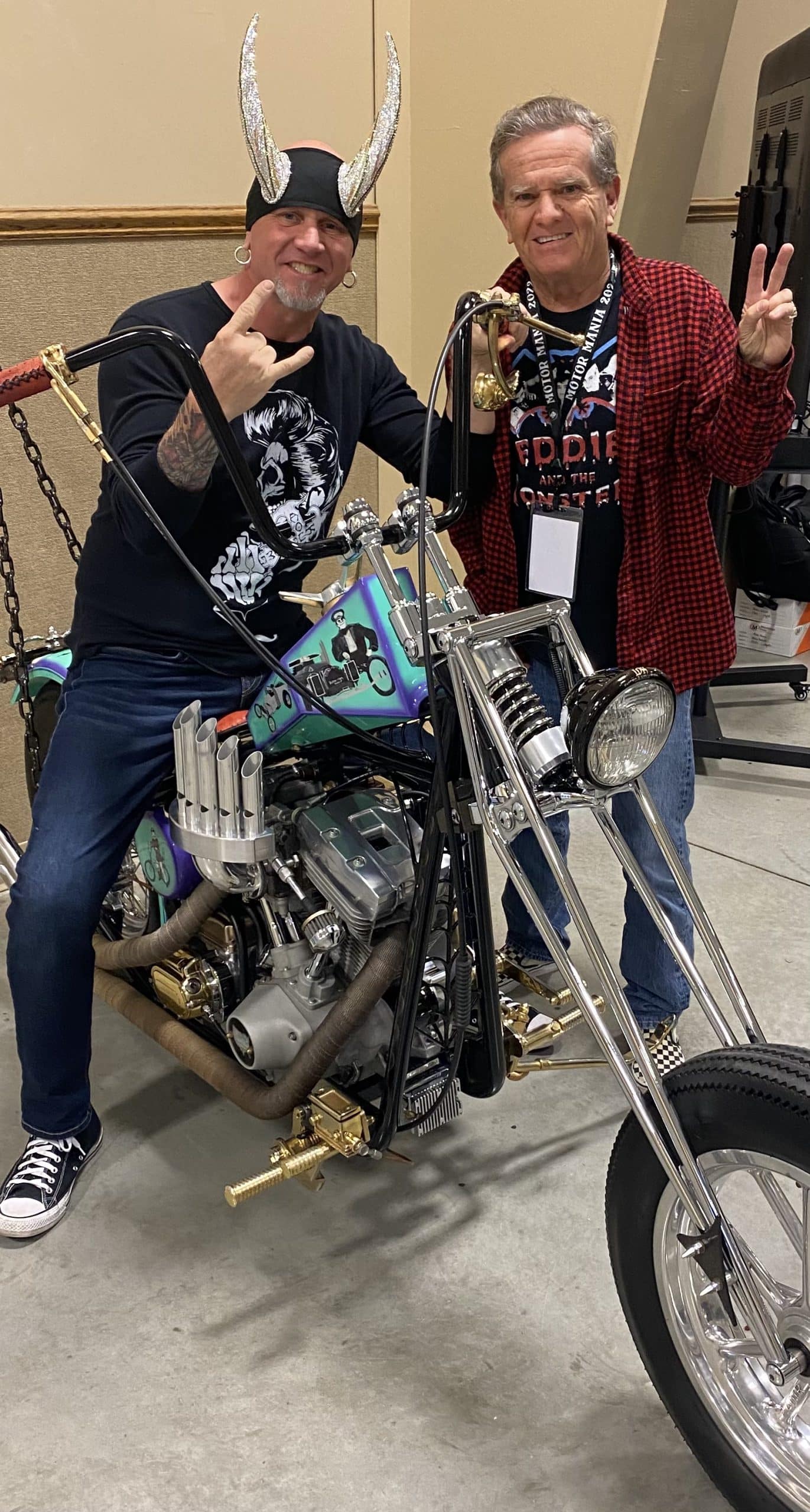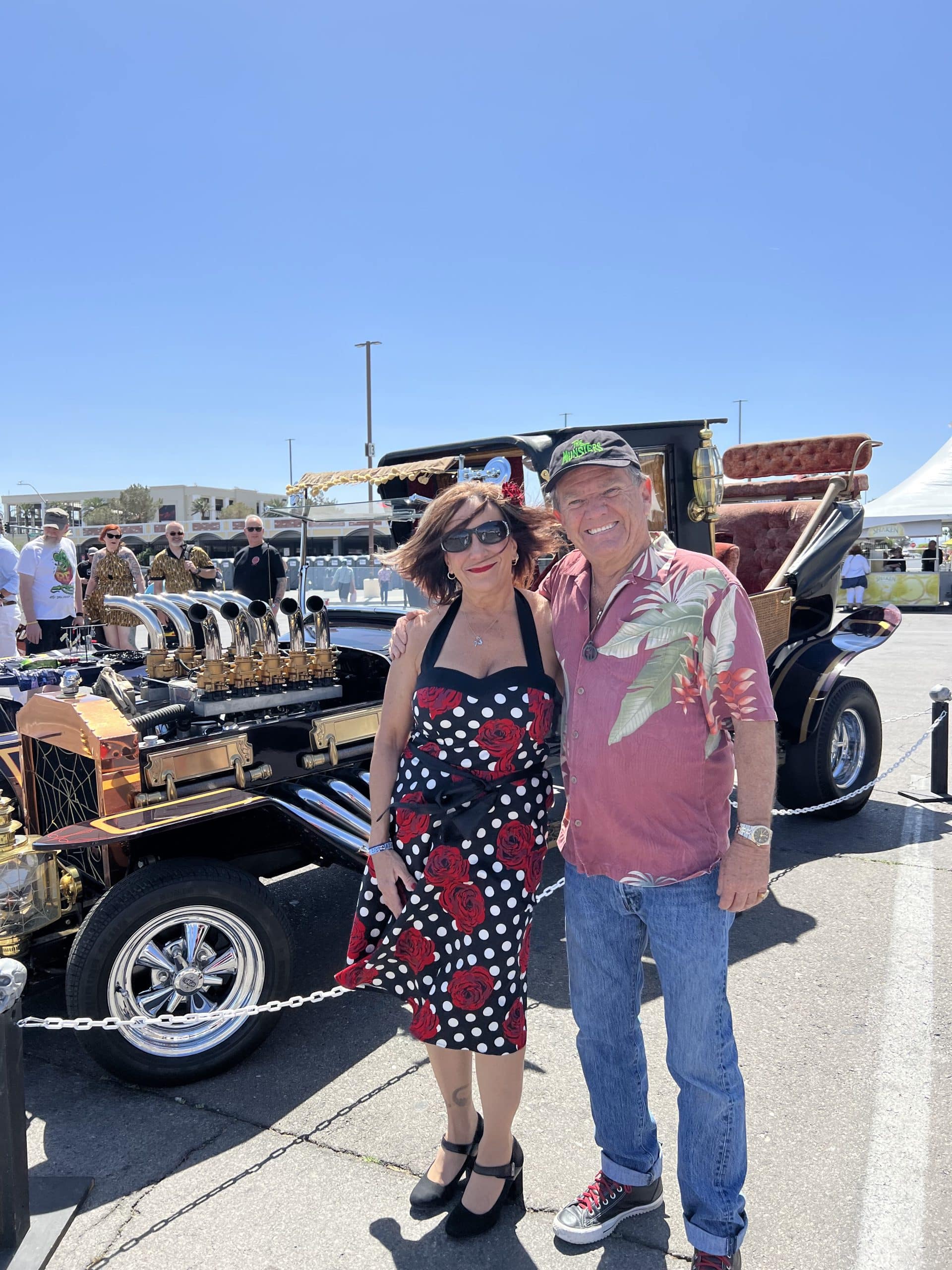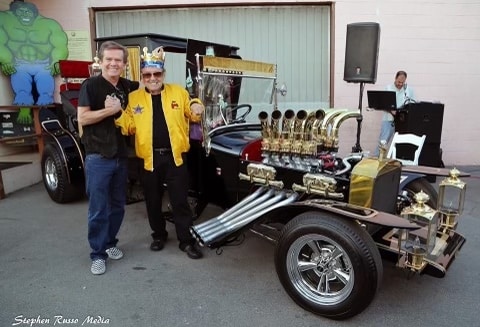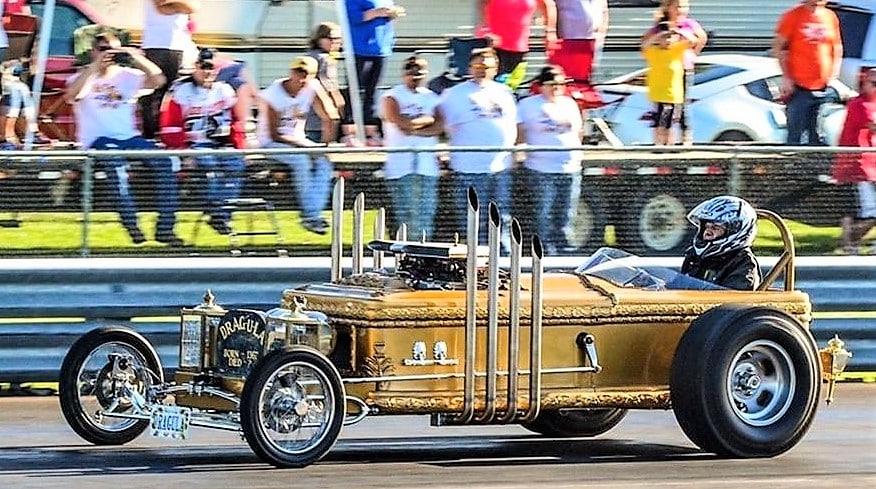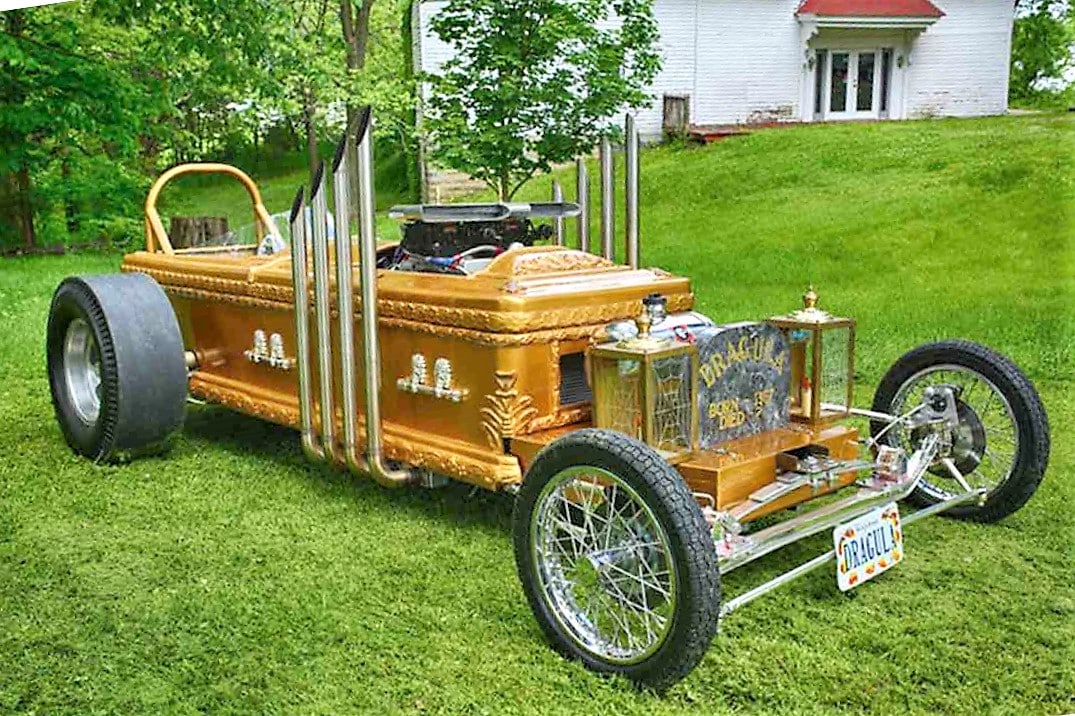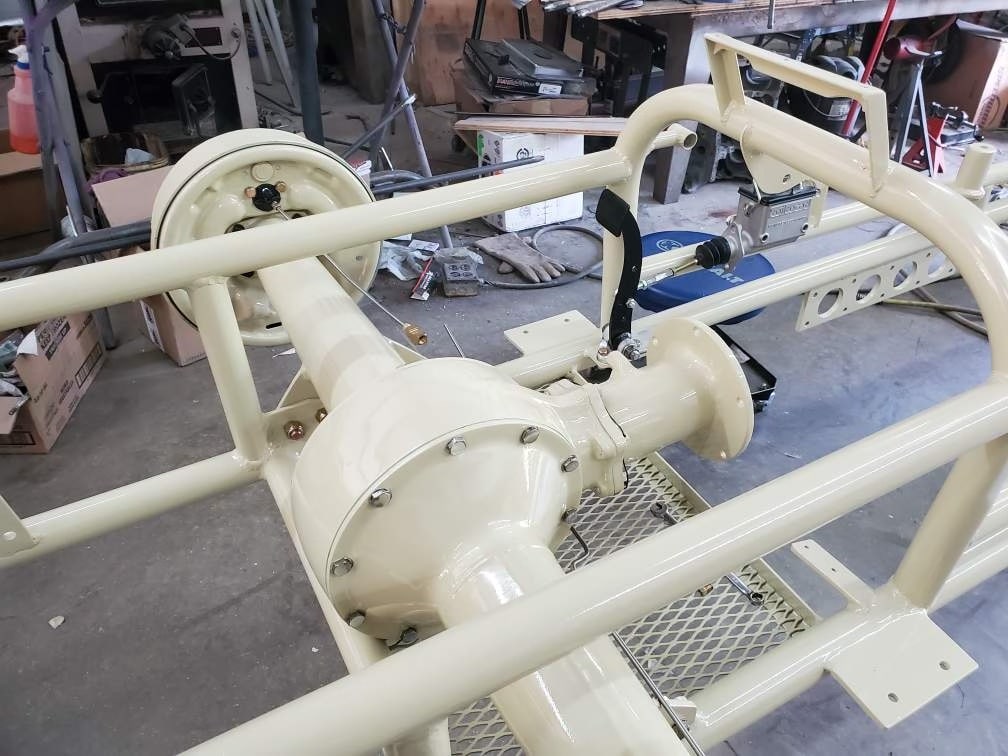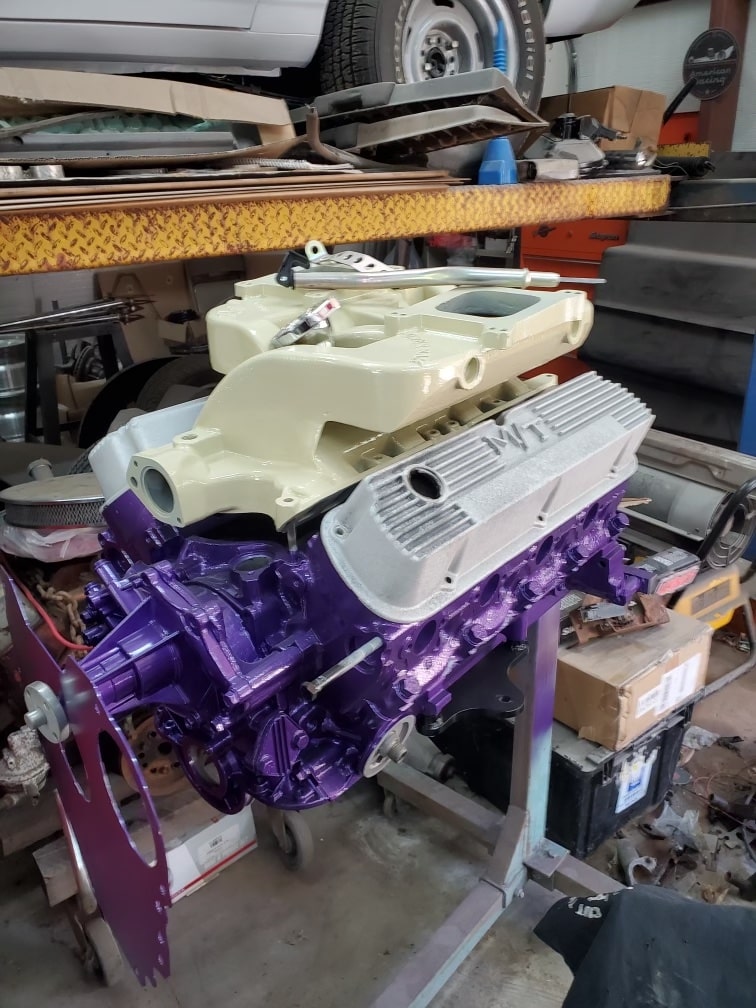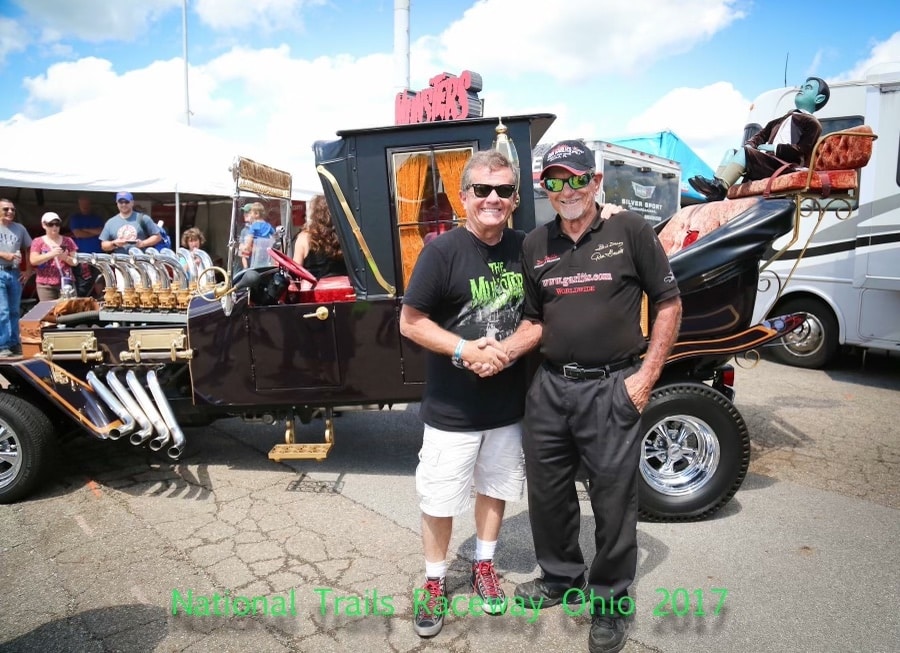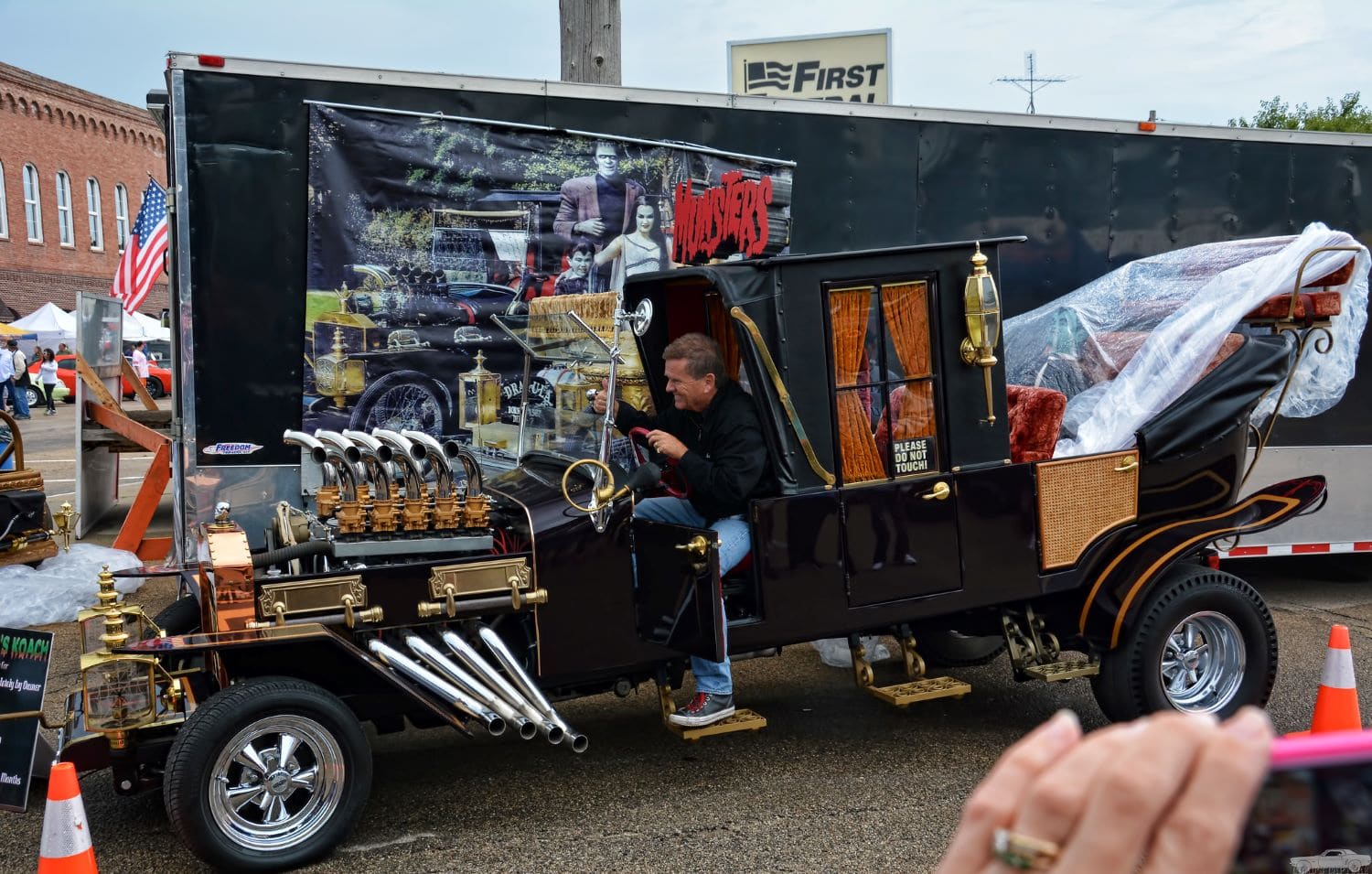For years, yellow-filtered lighting was believed to be easier on the eyes than pure white, thanks to having much of the blue spectrum knocked out. Until 1993, so-called Selective Yellow headlamps were required as standard equipment on automobiles in France.
Today, it’s theoretically possible to produce white-hued lighting without the dazzling blues, so yellow lamps have become redundant functionally if not aesthetically. Yellow lamps on a vintage vehicle tend to add a European sporting touch. You can buy yellow bulbs or lenses to fit most lamps, but if you have an odd application, there are also options for adding a transparent coating to clear.
At one time, paint was the primary DIY method for tinting lenses, but getting paint to adhere to glass isn’t easy. Vinyl wraps provide an alternative to paint not only for automobile bodies, but also for glass tinting. This product, the least expensive option on Amazon (about $8 for a 1-foot x 4-foot roll), came with only the sketchiest of instructions, but the mixed reviews indicated that (for good and for bad) it was otherwise the same industrial-grade, thermal-adhesive-backed translucent vinyl available at higher prices in name-brand form.
My results, exercised on the GE tractor floodlamps that came in my $20 swap-meet score housings, look best from 10 or more feet away. My first effort worked out better than my subsequent attempts. I’ve concluded this was from the amount of heat and water applied to each. The first lens has almost no air bubbles, but in several spots the film came to have obvious stretch marks that I couldn’t smooth out. My attempts to use less heat (first dry, and then with a generous amount of water) the second and third times meant I didn’t achieve the same level of conformity. It also seems you can’t re-heat the vinyl once it has cooled, as wrinkles take a set that only bakes in harder—much akin to the heat-shrink tubing used in electrical wiring.
Time and repeated experimentation, I suspect, will make this a worthwhile purchase and I was able to achieve okay results in just one afternoon. It remains to be seen how the vinyl-covered lenses hold up in the long run. The light output didn’t change dramatically, nor did the color from the perspective of the operator, but the effect for oncoming drivers seems to be less glare.
Parts List
• Generic yellow-vinyl tint film: $8.00
• Plastic spray bottle of tap water: $3.25
• Scissors: $15.00
• Dish scraper: $5.50
• Heat gun: $17.50
• Razor knife: $7.00
• 2x PAR 35 sealed-beam bulbs: $30.00

